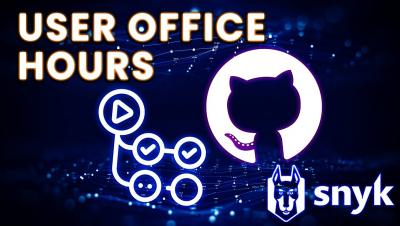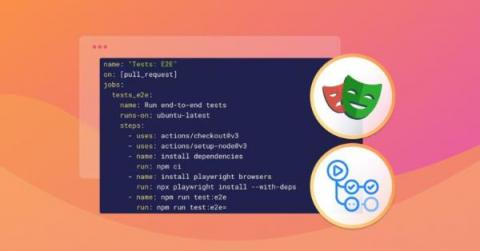Security | Threat Detection | Cyberattacks | DevSecOps | Compliance
Snyk
2022 Snyk Customer Value Study highlights: The impact of developer-first security
Developer-centric security movements have dominated discussions in software development over recent years. The concepts are clear — integrate security early and find issues faster. But how does an organization measure the success of its developer security program?
Reviewing CVE-2022-42889: The arbitrary code execution vulnerability in Apache Commons Text
First things first, let’s be clear that this is NOT a new Log4Shell or Spring4Shell vulnerability. Although it is a remote code execution issue, the impact is neither as severe nor as easily exploitable as the issue in Log4j from December 2021. Similar to the Log4j issue, the essence of the problem is that you can perform a lookup that can then be misused. However, the Log4shell vulnerability was very easy to exploit — which is not necessarily the case this time.
How to contribute to open source projects
As a developer, you probably rely on open source every day. Open source code is incredibly beneficial for building and improving products, whether personal or professional. But have you considered going a step further and contributing to open source projects as well? Taking this approach can improve your skills and make a positive impact on the software development community at large. Yet, taking the leap can seem difficult. Where do you start?
Secure JavaScript URL validation
When developers need to handle URLs in different forms for different purposes — such as browser history navigation, anchored targets, query parameters, and so on — we often turn to Java. However, its frequent use motivates attackers to exploit its vulnerabilities. This risk of exploitation is why we must implement URL validation in our JavaScript applications.
Implementing TLS/SSL in Python
Nowadays, we do virtually everything online: book flights, pay for goods, transfer bank funds, message friends, store documents, and so on. Many things we do require giving out sensitive information like our credit card details and banking information. If a website uses an unsecured network, a malicious hacker can easily steal user information. This is why encryption is so important.
How to add Playwright tests to your pull request CI with GitHub Actions
If you’re like me, you really appreciate a test automation step as part of your pull request (PR) CI for that added confidence before merging code. I want to show you how to add Playwright tests to your PRs and how to tie it all together with a GitHub Actions CI workflow.
Ruby email rule removed from Snyk Code
Snyk Code supports various languages important in the cloud native arena, Ruby being among them (and we’ve seen great adoption, so thank you!). Our researchers are constantly monitoring our rule sets, using our training set of open source projects, but also — and, yes this is an advantage of a SaaS service — how the rules do on the code that is scanned. Just as a reminder, Snyk does not use your code to train our sets — but we do aggregate usage statistics.
Cloud security fundamentals part 2: Prevention and secure design
In our previous blog breaking down The 5 Fundamentals of Cloud Security, we discussed the importance of knowing your environment. Teams need to have a comprehensive inventory of their cloud environments to have a clear understanding of the security risks that might exist within. With that in mind, let’s explore the importance of vulnerability prevention and secure design working together to keep threat actors from gaining meaningful access to your organization’s cloud control plane.
Improving code quality with linting in Python
Python is a growing language. As it evolves and expands, so do the number of tools and development strategies available for working with it. One process that’s become increasingly popular is linting — or checking code for potential problems. With linting, errors in our code will be flagged so we can correct unusual programming practices that might result in problems. Linting is performed while the source code is written and before it’s compiled.











